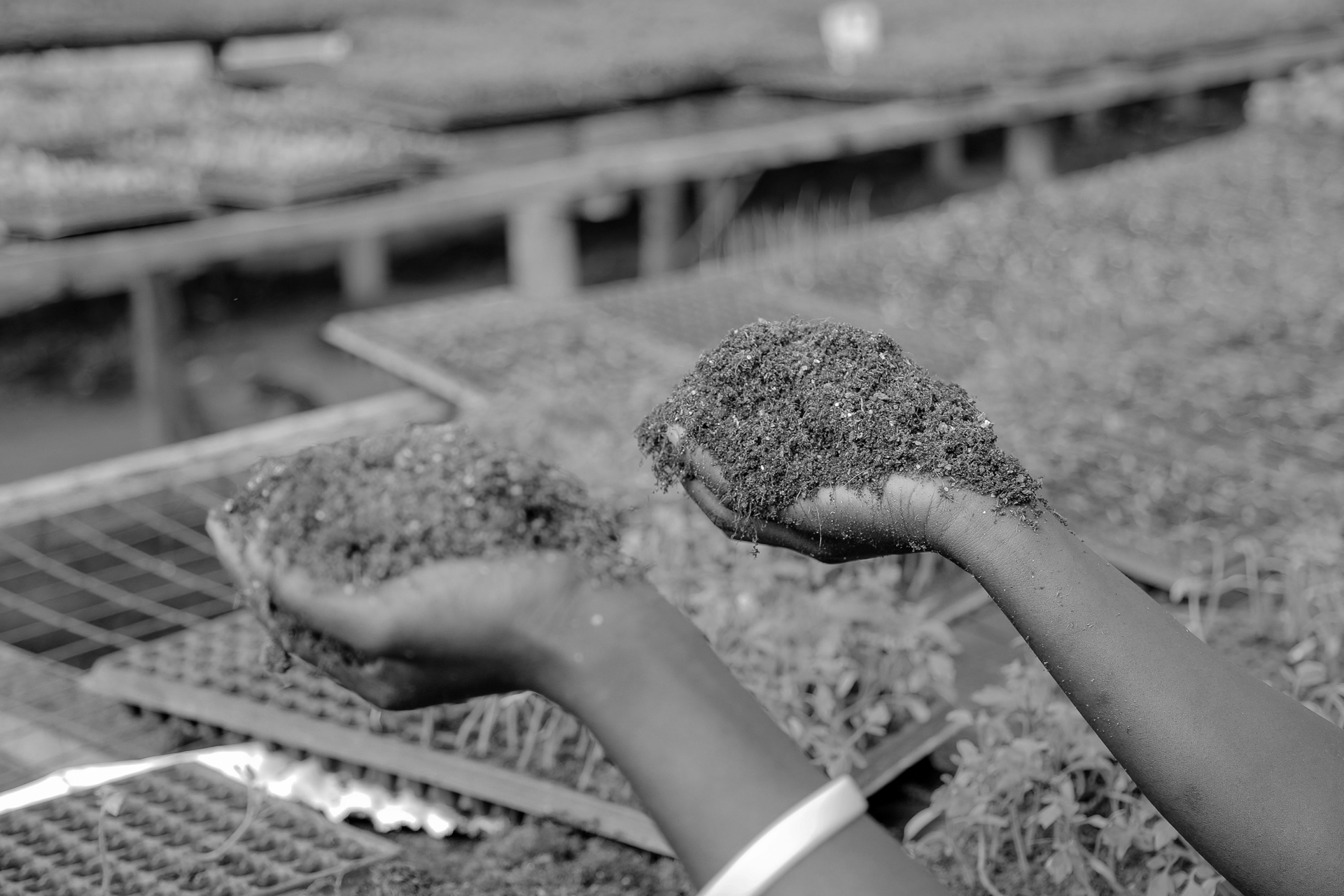Greenhouse farming, also known as controlled environment agriculture, allows for the cultivation of crops in a controlled and protected environment. This practice provides several benefits, including extended growing seasons, improved crop quality, and better pest and disease management. To succeed in greenhouse farming, here are some essentials to consider:
- Greenhouse Structure:
- Greenhouse Type: Choose the right type of greenhouse structure based on your specific needs and climate. Common types include hoop houses, high tunnels, and traditional glass or plastic greenhouses.
- Size and Layout: Determine the size and layout of your greenhouse based on the crops you intend to grow and available space.
- Ventilation and Climate Control: Invest in proper ventilation systems, heating, and cooling equipment to maintain ideal temperature and humidity levels inside the greenhouse.
- Lighting:
- Natural Light: Utilize natural sunlight as much as possible. Ensure proper orientation and spacing of the greenhouse to maximize light exposure.
- Supplemental Lighting: In regions with limited sunlight, consider supplemental lighting using high-efficiency LED or high-intensity discharge (HID) lights.
- Temperature Control:
- Heating: Install heating systems, such as gas heaters or electric heaters, to maintain temperatures during cold seasons.
- Cooling: Employ cooling methods like fans, shade cloth, and evaporative cooling systems to prevent overheating during hot weather.
- Humidity Management:
- Use humidifiers or dehumidifiers to control humidity levels within the greenhouse, ensuring they are suitable for the specific crops you are growing.
- Irrigation:
- Implement a precise irrigation system, such as drip irrigation, to deliver water efficiently to plants while conserving resources.
- Monitor soil moisture levels to prevent overwatering or underwatering.
- Growing Medium:
- Choose the appropriate growing medium, whether it's soil, soilless mixes (like peat or coco coir), or hydroponic systems, based on crop requirements and local conditions.
- Crop Selection:
- Select crops that are well-suited to greenhouse conditions. Common greenhouse crops include tomatoes, cucumbers, peppers, herbs, and leafy greens.
- Consider the market demand and profitability of chosen crops.
- Pest and Disease Management:
- Develop an integrated pest management (IPM) plan to monitor and control pests and diseases. Use biological controls, organic pesticides, and regular scouting.
- Implement good sanitation practices to prevent pest and disease outbreaks.
- Nutrient Management:
- Employ a fertilization strategy tailored to your crops and growing medium. Hydroponic and soilless systems may require precise nutrient solutions.
- Regularly test and adjust nutrient levels to ensure optimal plant growth.
- Crop Support and Training:
- Use trellising and staking systems to support plants and maximize space utilization.
- Train and prune plants to encourage healthy growth and higher yields.
- Record-Keeping:
- Maintain detailed records of crop cycles, environmental conditions, pest and disease management, and fertilization practices. This information is valuable for future planning and troubleshooting.
- Energy Efficiency:
- Invest in energy-efficient equipment and systems to reduce operational costs and minimize the environmental impact of greenhouse farming.
- Compliance and Regulations:
- Familiarize yourself with local regulations and permits related to greenhouse construction, water usage, and pesticide application.



